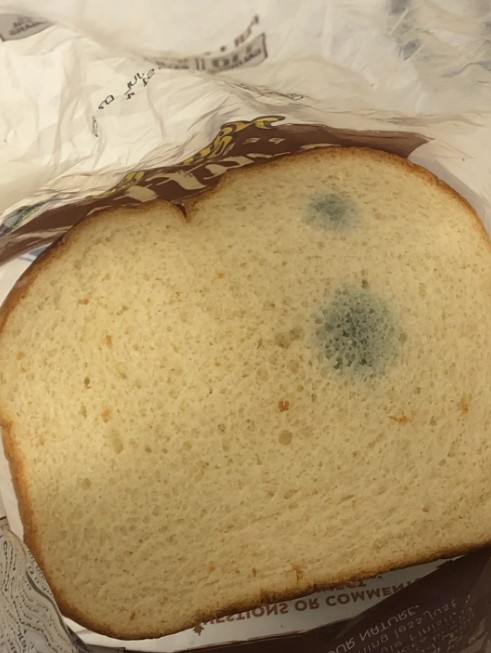Let’s be honest—most of us have faced that moment when a forgotten loaf of bread sits on the counter, hard as a rock, and we hesitate before tossing it, wondering, “Is this just stale or should I not risk it?” Bread has an odd way of going from fresh and soft to crusty and dry in no time. But the good news is, in most cases, stale bread is still perfectly safe to eat as long as it hasn’t grown mold.

Bread becomes stale when it loses moisture, not because it’s spoiled. The change in texture happens due to a natural process called retrogradation, where starch molecules re-crystallize and expel water, making the bread tougher or chewier. It might not be pleasant to eat plain, but that doesn’t mean it’s harmful. In fact, stale bread can be revived or repurposed in some tasty ways. Wrapping it in foil and popping it in a 350°F oven for a few minutes can bring back a surprising amount of softness. Or simply toast it—it crisps up beautifully and makes excellent toast. But even more exciting is the way stale bread can become a secret weapon in the kitchen. Breadcrumbs made from stale bread are perfect for breading chicken or topping casseroles. Croutons made by cubing the bread, coating in olive oil and seasoning, and then baking are delicious additions to salads or soups.
French toast is actually better with stale bread because it’s firm enough to soak up the custard mixture without falling apart. Bread pudding thrives on slightly old bread, delivering that ideal custardy bite. Italian panzanella salad depends on chewy stale bread to absorb juices without getting soggy. And of course, stuffing—whether for the holidays or just because—is a classic use for bread that’s past its prime. So don’t rush to toss that stale loaf; it might still have a delicious second act. However, once mold enters the picture, it’s a different story. Moldy bread should never be eaten, even if it looks like only a small patch. Unlike a block of hard cheese where you might safely cut away moldy bits, bread is porous, which means mold can spread unseen throughout the loaf. You may only see one spot, but the spores have likely gone far beyond what’s visible.
Eating moldy bread can trigger allergic reactions or respiratory issues, and some types of mold produce mycotoxins, which are harmful toxins associated with food poisoning and other health problems. If you see green, blue, or black fuzz on your bread, don’t think twice—throw the whole thing out. Safety comes first. How quickly bread molds depends on moisture, temperature, and whether it contains preservatives. Fresh bakery or homemade bread, which tends to be moist and preservative-free, will mold faster—often within two to three days at room temperature. Store-bought loaves with preservatives like calcium propionate can last up to a week or more.
Warm, humid conditions make mold appear faster, while cooler, drier environments slow it down. Refrigeration is a bit tricky; it might delay mold, but it speeds up staling, making the bread dry out quickly due to the same retrogradation process. The best option for longer storage is freezing. Freeze slices individually wrapped and sealed in a freezer bag to prevent freezer burn, so you can take out only what you need. For short-term storage, keep bread at room temperature in a paper bag or bread box. Avoid plastic unless it’s for very brief storage, since plastic traps moisture and can accelerate mold growth. Using cloth or paper bags allows just enough air circulation to slow mold and staling without drying the bread out too quickly. For different types of bread, the storage method varies slightly. Artisan loaves like sourdough do well in a paper bag for a couple of days and freeze beautifully for longer storage. Sandwich bread in its original plastic packaging will stay fresh up to a week, but once opened, it should be sealed tightly or frozen. Homemade bread without preservatives stales or molds fast, so freeze what you won’t finish quickly. In summary, stale bread is not only safe but often ideal for certain recipes. It’s dry, not dangerous. Moldy bread, on the other hand, should be avoided completely—don’t take the risk, even if it seems like a small spot. With a little planning, you can make your bread last longer, reduce waste, and maybe even create something tastier than the original loaf. So the next time you find yourself holding a less-than-fresh piece of bread, ask yourself: is it just stale, or is it moldy? One path leads to delicious homemade croutons or French toast—the other leads to the trash. Be smart and make the right call.





